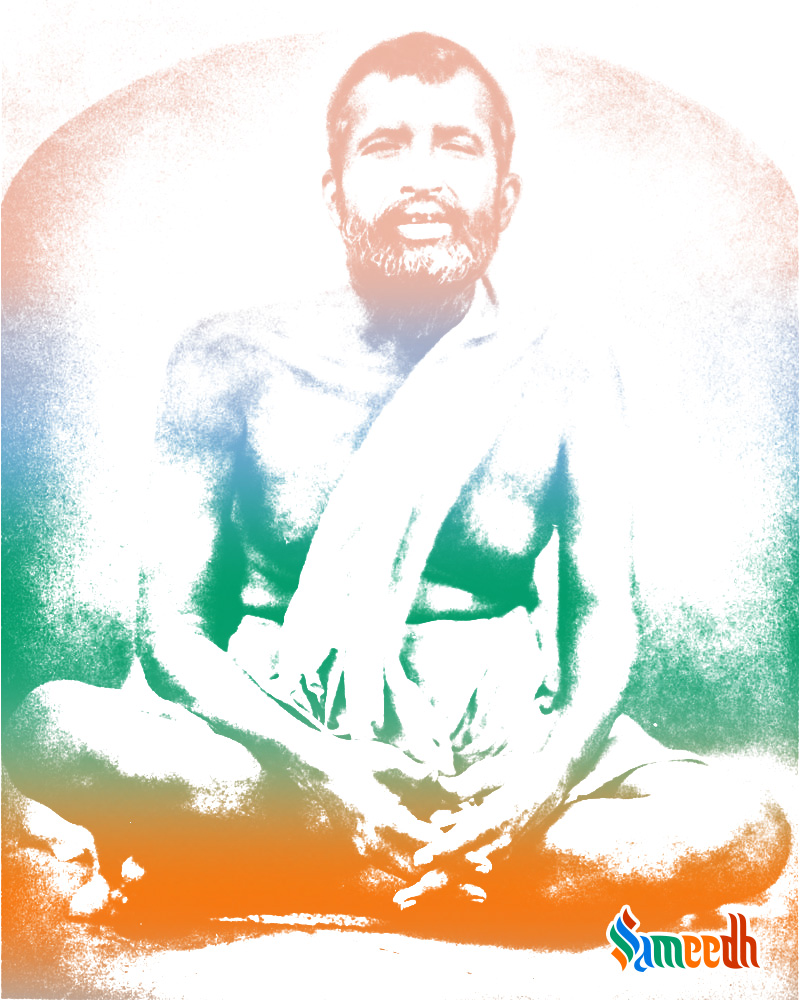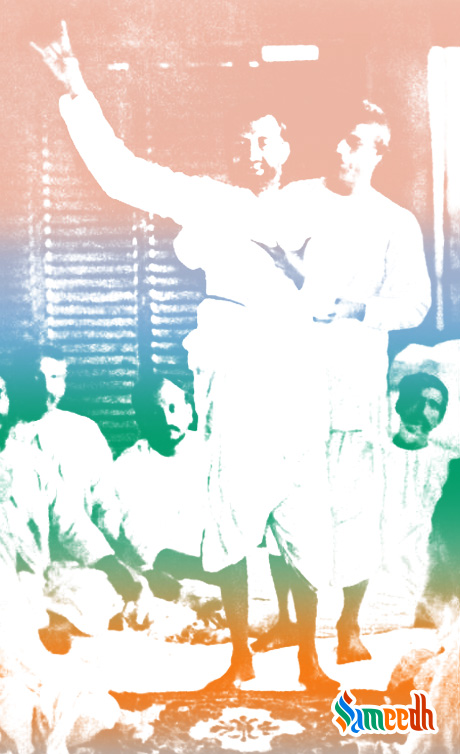The life story of how a Hindu mystic, saint and devotee of Kali attained samadhi while preaching empowerment through knowledge and leaving a legacy. A great saint in himself, he is also known as a guru to one of his most famous disciples – Swami Vivekanand.

Ram Krushna Paramhans was a well-known Hindu spiritual leader, mystic, priest and devotee of the goddess Kali, of the 19th century. “Paramhans” translates to Supreme Swan and is a title given to signify and dedicate respect.
Besides possessing phenomenal spiritual consciousness, he was known to also explain even the most complex of philosophies with much simplicity and break it down in fine analogies and tales for people to grasp. One of the many endearing qualities of Ram Krushna that made him a true symbol of divinity was that he never discriminated across religions. He was of the noble belief that all religions held an equal status and led to the same destination when approached with sincerity and integrity. Unlike multiple other priests, he never urged anyone to follow a particular religion, he instead empowered and encouraged devotees to follow their own religion, albeit with absolute truthfulness. Such was his incredible ideologies
Early life
He was born as Gadadhar Chattopadhyay on 18th of February, 1836 in a poor, orthodox Bengali family to parents Kshudiram Chattopadhyaya and Chandramani Devi in the village of Kamapukur. Right from the ripe age of 6, he displayed no affection towards the worldly affairs of life and instead, experienced spiritually powerful episodes of trance. It was during early childhood when he found himself lost in the sight of milky white cranes flying against rain-filled back clouds. He reached such a divine state of mind even while playing the role of Lord Shiva during his school plays. It wasn’t long before he gave up his formal education and concentrated on his spiritual awakenings.
Priesthood and worship of goddess Kali
Ramkrushna’s family were determined and regular worshippers of deities. After the death of his father, his elder brother moved to Calcutta to set up a Sanskrit school due to financial strains and Ramkrushna took over the worshipping duties at home from his mother. When in Calcutta, his elder brother, Ramkumar, received an invitation to become the head priest at the Kali Temple in Dakshineswar. The temple was established by a philanthropist Rani Rasmai. And after taking up the offer, Ramkumar called over his younger brother and delegated certain worship duties to him as well. It was through those duties that Ramkrushna began being absorbed by the magnificence of the deity. There came a time where he lost himself in the meditative devotion such that he would spend days and night alike without once deviating. After his elder brother’s death, Ramkrushna took over as the head priest at Dakshineshwar temple and became an ardent devotee of goddess Kali.
Ramkrushna learned and received spiritual guidance from not one, but multiple mentors with varied philosophies too. He didn’t limit his prayers and forms of worship as a Bhramin, he kept expanding his knowledge. Ideally, considered as a “Shakto”, he learned the Vaishnav faith and also Tantra Sadhna or Tantric practises under Bhairavi Bhramani, a female ascetic. And it was eventually through his guru, Tota Puri, the philosopher, that he was initiated into taking a Sanyas, renunciation of worldly pleasures.
The prodigal disciple
It is always that one student which carries forward the legacy of the teacher. Here, it was the great spiritual leader Swami Vivekananda. But the latter took his time to accept the priest as his mentor. During their first meeting, Swami Vivekananda questioned Ramkrushna about the proof of god. To which Ramkrushna had beautifully answered, “I am the proof that God exists.” But the resilient and curious young man that Vivekananda was, he came back to Ramkrushna asking whether he can see god. The wise teacher stepped on his chest, sending the budding monk into a state of Samadhi. Samadhi is what is perceived as the highest conscious meditative state of calm, devoid of any anger, desire, or related ego. It was only after 12 hours straight that Vivekananda snapped out of it as an evolved person. After his guru’s demise, Swami Vivekananda established the Ramkrushna Mission operating from Belur Math, opposite to where the great priest’s body was buried, to uplift and empower the needy of the society and spread spiritual teachings across countries. Such was the impact and influence of Ramkrushna over his disciples, leaving a great provision for many to follow.

Sanyas and Samadhi
It was in 1865 that Ramkrushna’s Sanyas, the renunciation of wealth, materialistic attachments, children, spouse, was initiated by his guru Tota Puri. During this phase, he travelled the depths of Advaita Vedanta, Hindu philosophies in order to attain further spiritual enlightenment. He also achieved Samadhi, the highest state of meditative consciousness through his committed and daily practises and quest for knowledge.
He is till date remembered as the Hindu mystic and epitome of justly devoting oneself to religion. The man was not one to differentiate between castes or religions, he preached pursuing your faith, no matter what, to reach the one prime goal, the supreme force. His dedication surpassed the confinements of deities and differences for his perseverance took him beyond the realms of consciousness.
Words like, “Knowledge leads to unity, but Ignorance to diversity” and “Lovers of God do not belong to any caste” reflect his superior yet humble thoughts.
